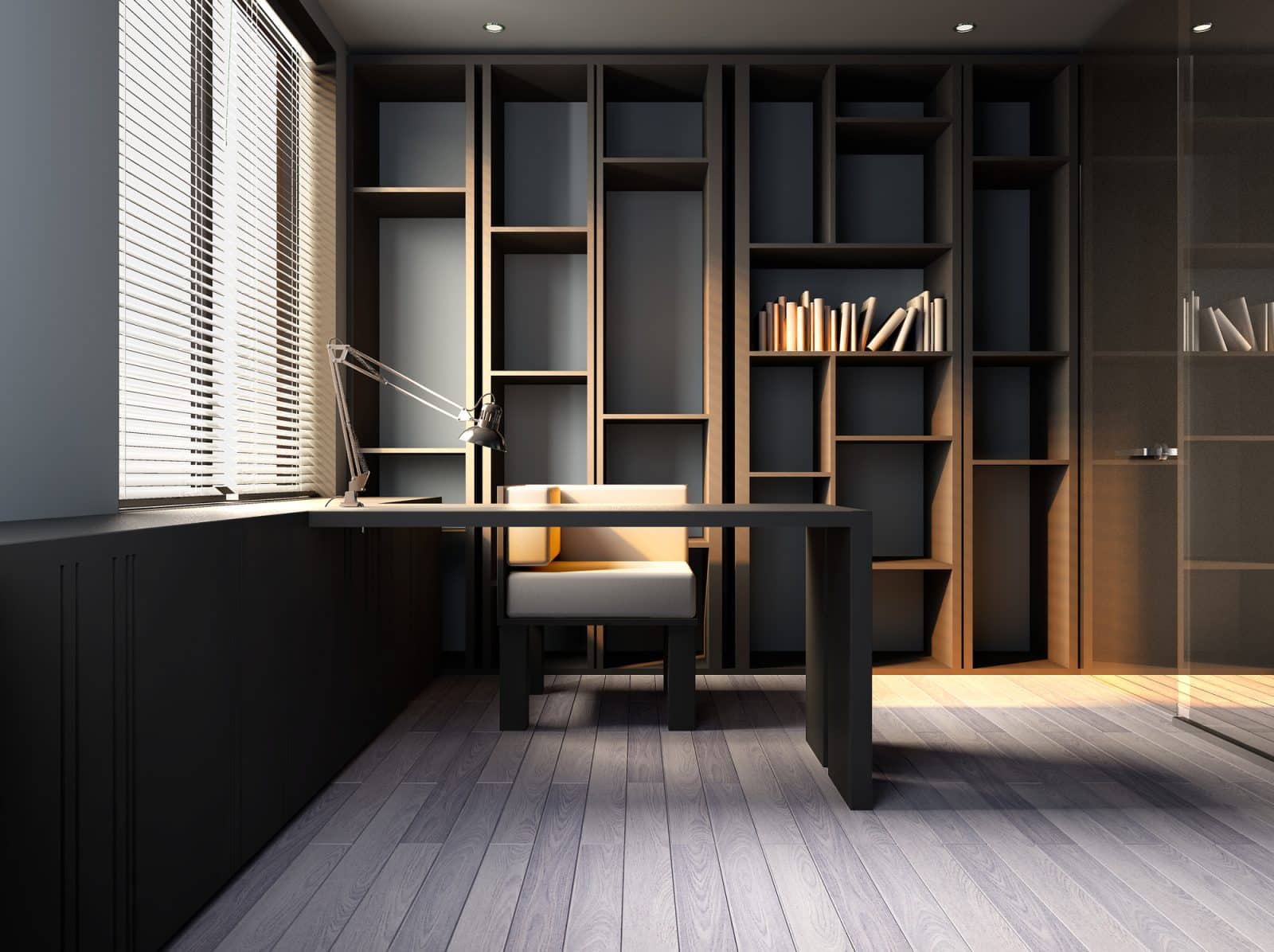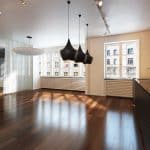The dilemma of a spare room can be a fun one to solve. Perhaps you’ve just bought your first house and not every bedroom is occupied yet. Maybe there’s enough room in the basement for some extra living space. Whatever the situation may be, there’s only one solution for our most hyperliterate and introverted readership—a dedicated study room, warmly lit and lined with all your favorite books, designed to be your refuge from day-to-day stresses. It’s not as simple as merely putting a bookshelf and a chair in the room, though that is as fine a starting point as any. Build on your book collection with these tips for creating a home study room that will be your new oasis of peace, learning, and introspection.
Video Overview
Comfortable Chairs for your Home Study Room
Since you’ll be sitting and reading in your study, you’ll want to make sure you put some emphasis on where you sit. Find a happy medium between structure and softness for a good reading chair—you need to be comfortable as you read, but at the same time, you may not want to sink into the cushions and drift into an unscheduled nap. The seating in your study isn’t just about comfort; it’s also about setting aside a dedicated piece of furniture that you will associate with reading. Making this distinction between your reading chair and your sofa, bed, or kitchen island could make the difference in your most challenging reading assignments, from pondering Russian novels to studying the Bible.
Home Study Room: Accents of Greenery
There’s just something about plant life that’s inherently calming and soothing, making it a perfect complement to your well-appointed reading room. Consider placing houseplants in your study to complete the room’s thoughtful and erudite feel. Even the most insouciant black thumbs among us should be able to manage the upkeep of a dracaena, ficus, or fern by keeping the soil moist and providing indirect sunlight. If gardening isn’t your thing, you can further boost the study’s verdancy by painting the walls in cool and calming green tones.
Natural Illumination
Back in school, even some of the most devoted readers found that they weren’t reading as effectively during the school day as they were at home. Perhaps that had to do with the white cinderblock walls and the inescapable hum of fluorescent lights. Because the reading you’re doing in adulthood isn’t quite so mandatory, the last of our tips for creating a home study room is to ensure your study setting doesn’t resemble a classroom. If you’re setting up shop in a finished basement where fluorescent lights are common installations, try to work around this by placing floor lamps with incandescent or warm-temperature LED bulbs—cool-temperature LEDs can be almost as garish as fluorescent light. If you can secure space upstairs, try to do the most with the natural lighting you have available.















